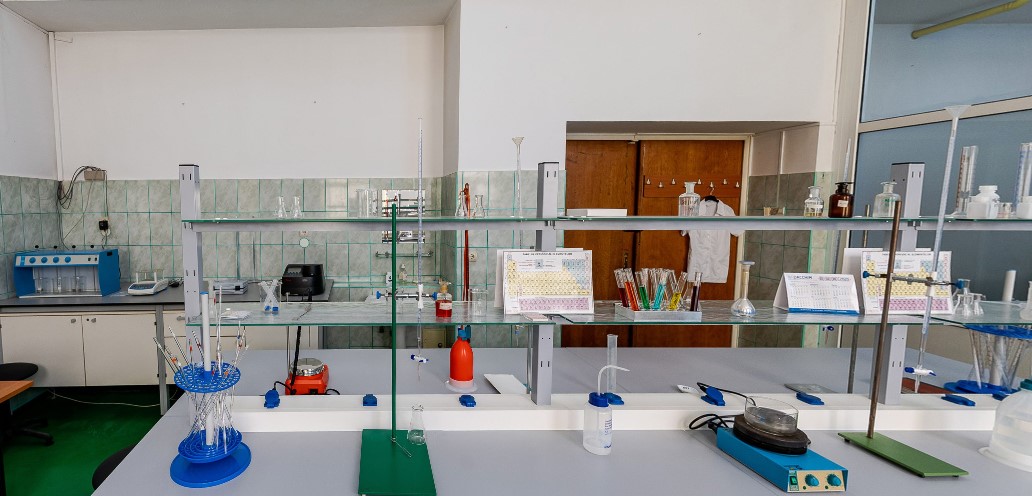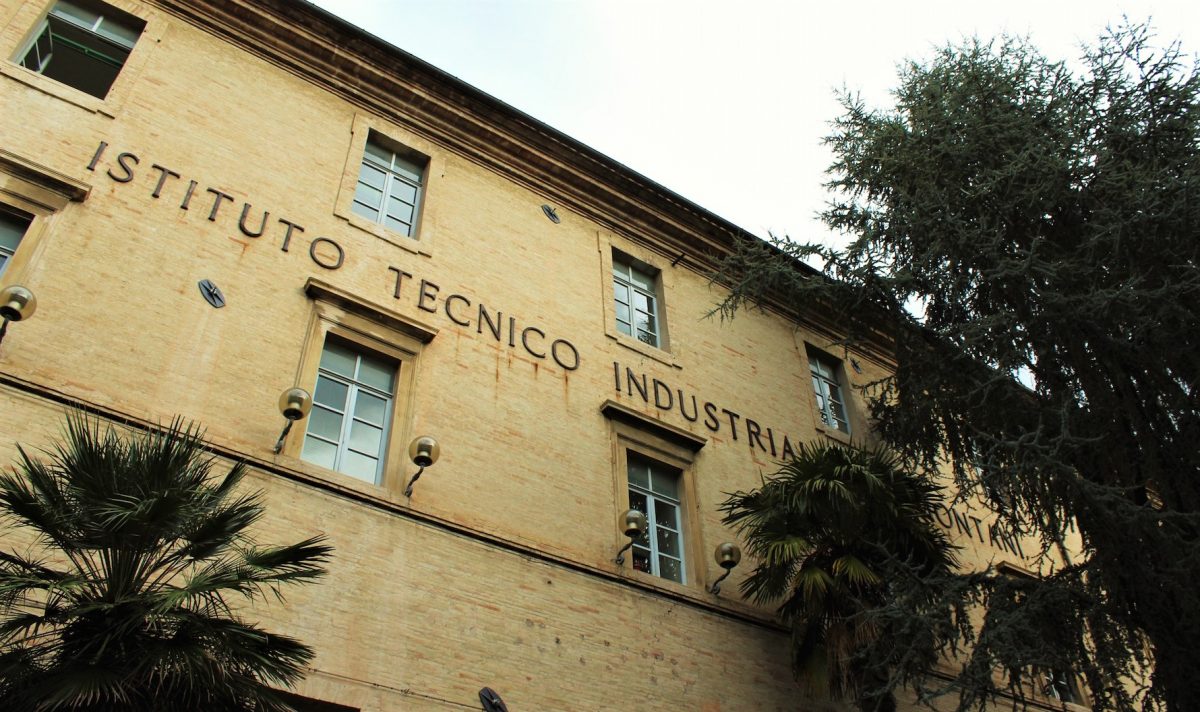The H2020 InNoPlastic project has warmly welcomed the scientific liaison efforts provided by Venice Lagoon Plastic Free in involving the laboratory facility and technical expertise of the Montani institute (ITT Montani) in support of our water analysis and assessments. In fact, there is much we can achieve by leveraging on the added value of bringing together in a coordinated fashion the laboratories of the Montani Institute, the oldest and one of the highest-ranked technical schools in Italy, with the Materials Science and Engineering Faculty facilities of the University Politehnica of Bucharest (UPB), Romania, full-fledge partner of InNoPlastic.
ITT Montani has an established formal collaboration with VLPF. It holds a GC-MS, a UHPLC-MS Orbitrap TM, an ultrapure water production system, a FT-IT spectrophotometer, a VIS-UV spectrophotometer, a densimeter, a durometer, an extensometer, and a Quasar 5 material testing machine. Thanks to ITT Montani facilities, VLPF managed to analyse Venice’s city centre waters, searching for microplastic leachable compounds and overtourism related pollutants under the coordination of Prof.Teresa Cecchi with highly innovative scientific outputs.
In particular, the ITT Montani equipment will be used to attain pollutants source apportionment via the Head Space-Solid Phase Micro Extraction-Gas Chromatography-Mass Spectrometry (HS-SPME-GC-MS) molecular fingerprint of volatile contaminants from (i) Venice Lagoon water and (ii) marine litter found in the same water. The FT-IR spectrophotometry will enable polymer classification to establish the occurrence frequency of each kind of marine litter polymer found in the waters.

The University Politehnica of Bucharest Materials Science and Engineering Faculty can run complementary analyses for the water samples: Atomic Absorption Spectrometer, ContrAA 800D, HPLC with Triple Quadrupole LC/MS 6420, ATR-FT-IR Interspec 200-x FTIR, UV-VIS Spectrometer, SEM with field emission FEI QUANTA 450 FEG, Zetasizer Nano ZSP, etc (virtual tour of the labs at UPB is available here).
The use of Atomic Absorption Spectrometry (AAS) will instead focus on the determination of trace elements (metal cations such as, Ca, K, Mg and heavy metals such as Zn, Pb, Fe, Cr, Mn, As, Co) from water, through flame technique, in a concentration range from µg/L to mg/L or through graphite technique, for ppb level detection.
High-performance liquid chromatography (HPLC) can be deployed for the detection of non-volatile compounds from water (for example, polycyclic aromatic hydrocarbons (PAH)).
The attenuated total reflectance – Fourier Transform Infrared Spectrometer (ATR – FTIR) will be employed to identify microplastics >0.5 mm in wastewater. Thus, it is possible to characterise the ageing extent due to a change of chemical structure caused by the degradation during interaction with the environment.
The Scanning Electron Microscope (SEM) with field emission coupled with energy-dispersive X-ray (EDS) is then used to evaluate the morphology and detect nano, micro-particles in water samples and their composition after matrix removal by filtration. Finally, the Zetasizer measurements can determine nanoplastic particle size distributions and the z-Average diameter.
By starting with the case study in Venice, we have the opportunity to deliver sampling from the natural sites of the Thames, Krk and the Saint Martin islands upon the availability of ITT Montani laboratories.
This cooperation represents a valuable achievement for InNoPlastic project capacity at the laboratory analysis level and an excellent entry point for future scientific dissemination and communication activities.
